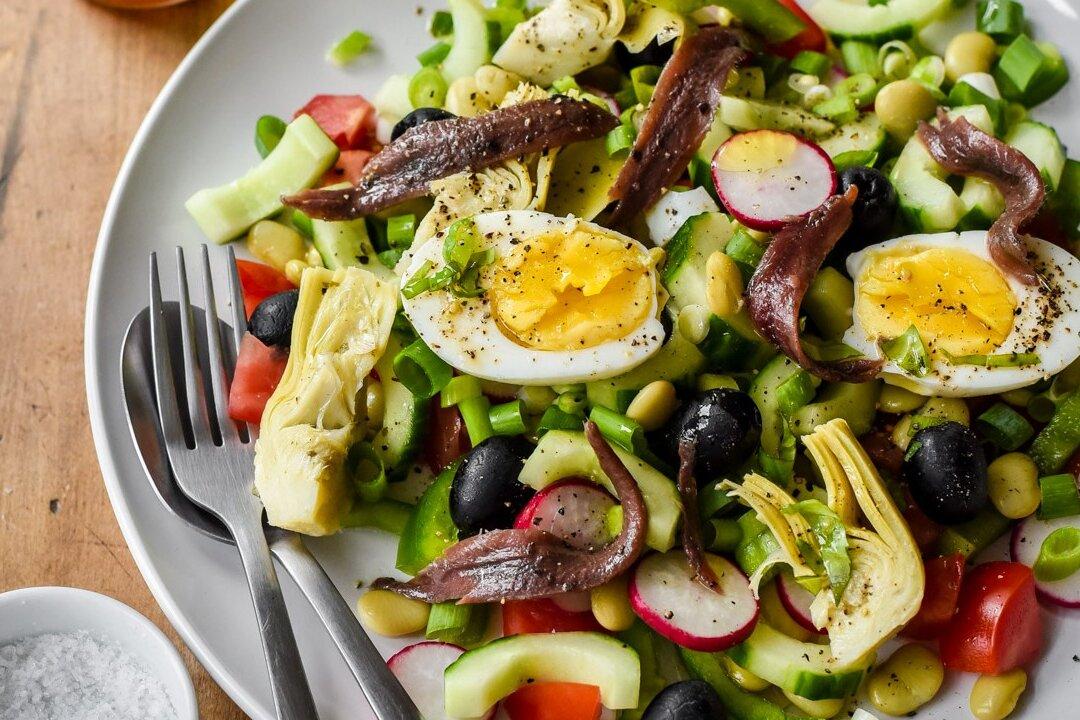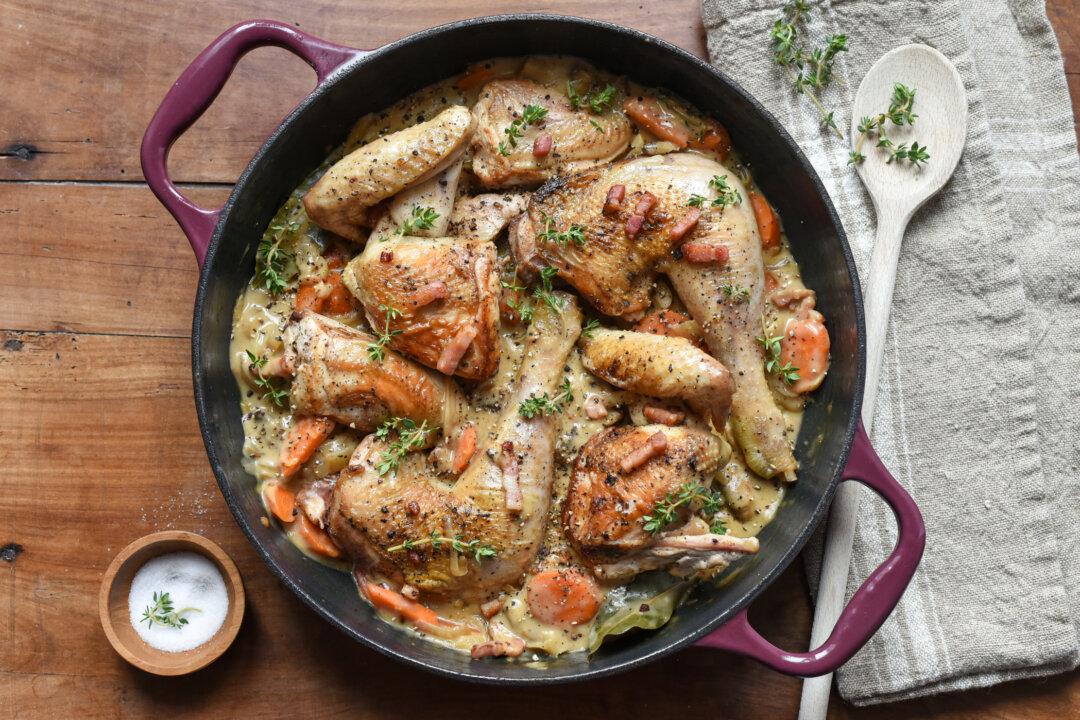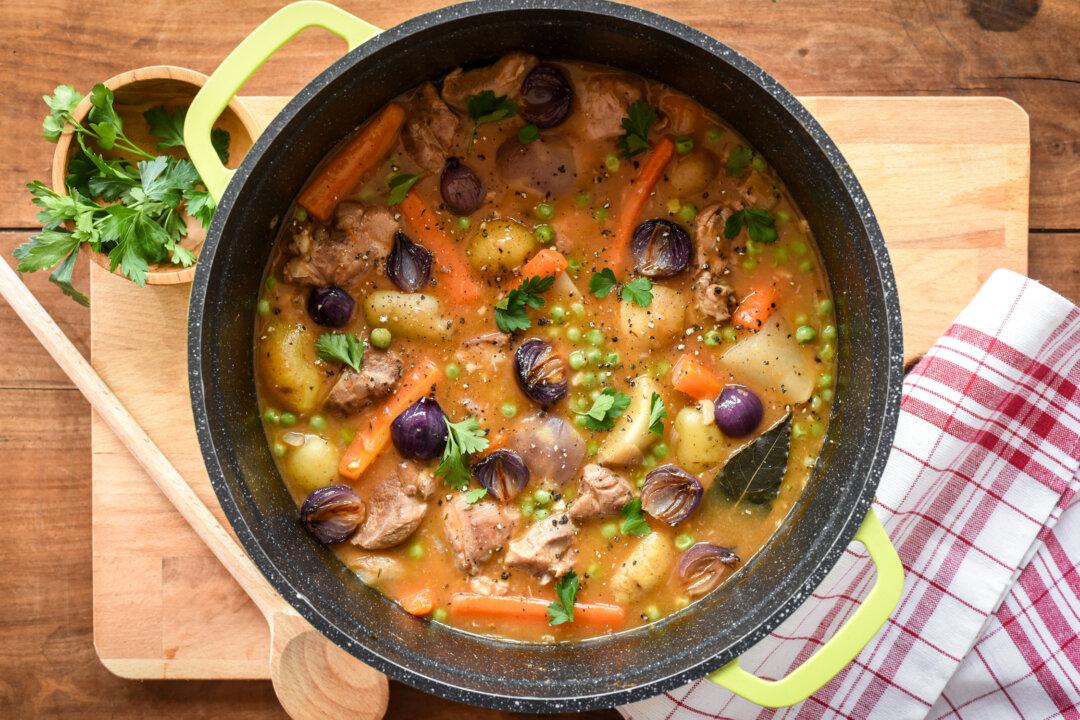The Niçoise salad is known throughout the world ... but how well do you know the real Niçoise salad?
Hailing from the city of Nice on the French Riviera, France’s southeast Mediterranean coast, the original recipe for salade Niçoise has since been modified across the French borders. The changes have fueled much controversy and confusion over what ingredients should and should not be included.





